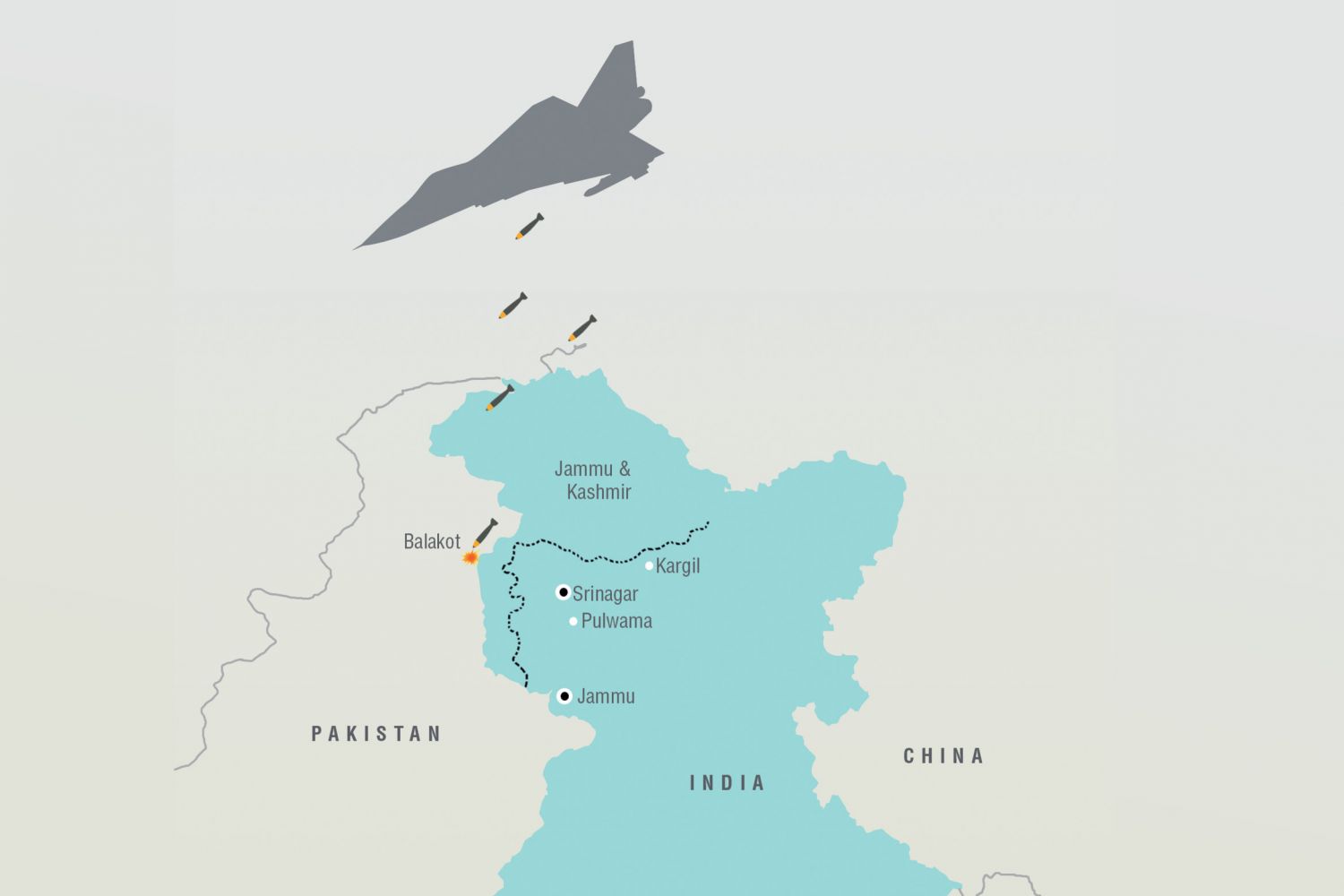
Kashmir ignites a thousand passions. Ever since the
British left India in 1947 and communal passions divided the country into
two—Pakistan fought three full-blown wars and one half-war in 1947-48,
1965, 1971 and 1999, respectively, in
failed attempts to settle the fate of Kashmir by force. In February 1962, in a
secret note, Colonel Deewan Singh, defence attaché at the High Commission of
India in Kabul wrote to the home government that “Afghanistan was the only
country to vote a
Continue reading “Balakot and the gains of a muscular approach”
Read this story with a subscription.





